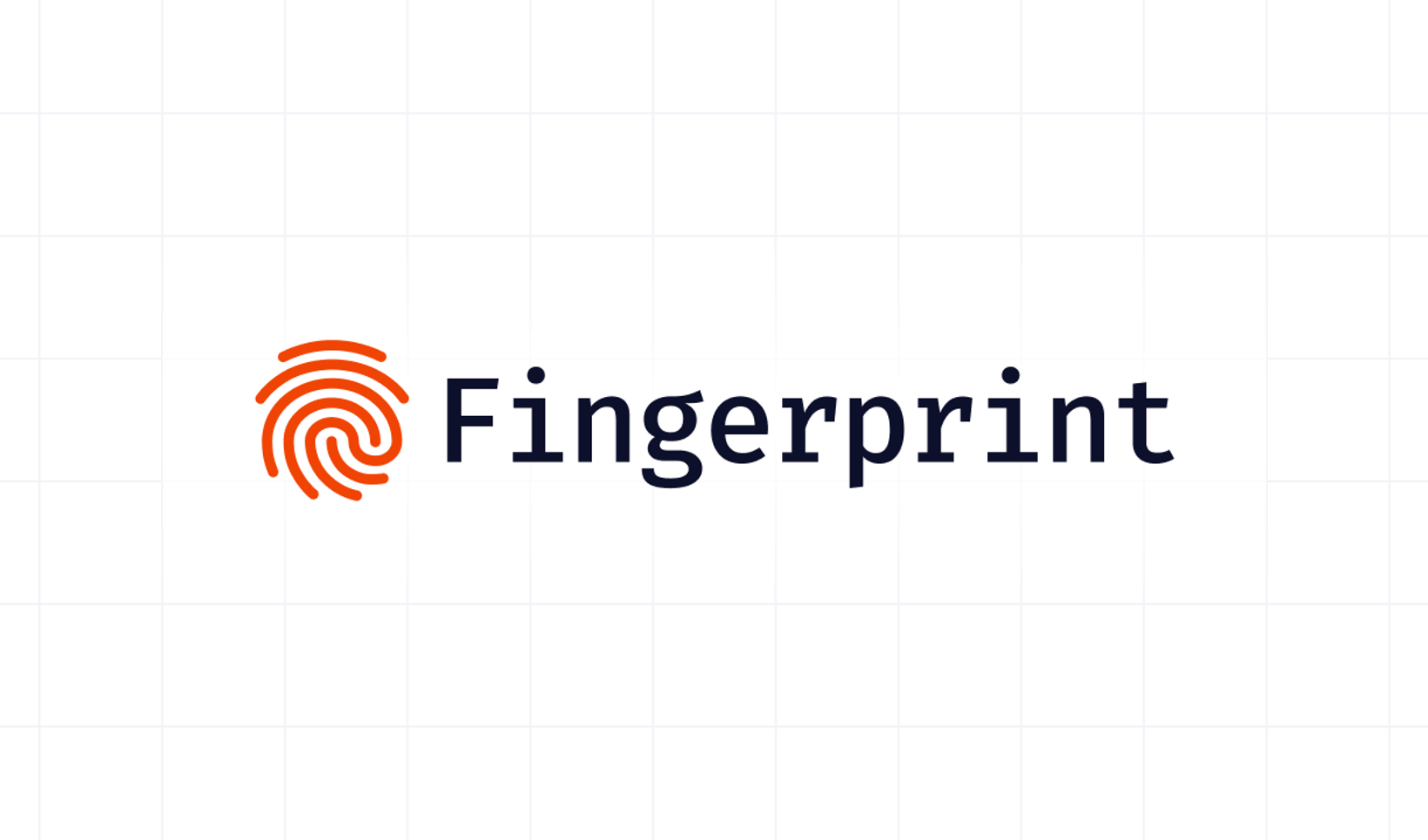Fraudsters are constantly inventing intricate new ways to defraud unsuspecting businesses and consumers, resulting in staggering losses. For businesses, the impact of fraud can be especially devastating, causing a loss of customer loyalty and trust in your brand, a damaged reputation, and financial penalties.
What can you do to protect yourself? The solution is a solid fraud management program.
Learn the essential elements of a fraud management program and how to implement it in your business.
What is fraud management?
Fraud management is understanding the fraud risks an organization faces and then implementing mechanisms, rules, and procedures to identify and prevent occurrences.
This type of proactive approach should encompass prevention technology, such as device intelligence. However, it’s also important to monitor how rapidly the fraud landscape is evolving and continuously improve fraud management processes accordingly.
For example, a few years back, a face match algorithm was enough for facial recognition software to authenticate customers. Today, fraudsters are using artificial intelligence, 2D images, and 3D face renderings or masks to steal facial identities and even produce deepfakes.
So a more reliable facial recognition technique would include 3D mapping, skin texture analysis, and 3D sensing.
Why is fraud management important?
Al Pascual, a cybercrime expert, when asked about what trends he expected to see in 2024, said he anticipated that “the research capabilities of Large Language Models (LLM) trained on, and with access to the open web, will turbocharge intelligence gathering for criminals.”
For this reason, businesses need to deal with the problem rather than the outcome. Fraud management should be a priority to ensure:
Financial protection
Fraudulent activities can lead to substantial legal fees, penalties, and remediation costs. They divert cash flow from core business activities to manage the incidents. In fact, forecasts estimate that online payment fraud will exceed $343 billion globally in losses by 2028.
A comprehensive fraud management strategy can help businesses identify and eliminate potential weak points likely to expose them to criminal activities. It also helps them develop tailored measures for counteracting any attacks, enabling swift action.
Maintaining customer trust
When fraud occurs, customers lose trust and loyalty, and it’s easy to go off their radar. Although you’re not the culprit, they’re angry at you and feel you could have done more to protect them.
A robust fraud prevention strategy includes secure payment methods, two-factor authentication, SSL certificates, and customer education. All of these tools can help prevent identity theft, payment fraud, account takeover, and other crimes, resulting in positive customer journeys that promote brand loyalty and drive referrals.
Reputation management
A fraud incident can, within moments, cause a business to lose a reputation that’s taken years to build. Customers lose confidence and spread the word. It can result in lost sales or sink a company’s stock price to the extent that some businesses can never recover.
However, effective fraud management can help keep customer data safe and prevent unauthorized account access. It maintains a secure environment, meeting customers' expectations of protection from crimes while they interact with a brand, and safeguards a business’s hard-earned reputation.
Stay compliant with regulations
Regulatory requirements are the methodologies and strategies that fortify companies against fraud. So understanding the dynamics of compliance is paramount to combating such crimes.
Here’s an example: fintechs and neobanks in the U.S. are subject to the Bank Secrecy Act (BSA), sometimes referred to as an anti-money laundering (AML) law. AML laws, such as KYC (Know Your Customer), form the foundation of transparency and impose requirements to help detect and prevent money laundering.
Companies with a robust fraud management system that complies with industry-specific standards can avoid penalties and legal fees. And by staying on top of policy changes, emerging fraud topics, and best practices for compliance, businesses can demonstrate their commitment to ethical business practices.
Essential elements of fraud management
Fraud and compliance experts recommend the following as the most essential elements to include in a fraud management strategy.
Governance and culture
Effective fraud management requires well-structured governance with transparent and defined rules, responsibilities, practices, written policies, and ongoing procedures. It’s also important to communicate these policies and processes clearly to everyone in the organization and make sure they understand their roles.
In addition, senior management should maintain and promote a strong fraud management culture. This helps ensure adherence to the program, making it easier to achieve corporate objectives while minimizing the risk of fraud.
Risk assessment and monitoring
Every organization faces risks unique to them. But with structured fraud risk assessment and monitoring, companies can determine the risks they’re most vulnerable to, based on their industry, scale, complexity, and exposure.
As a result, they can design fraud management solutions tailored to their vulnerabilities, increasing the success rate at combating these crimes.
Organizations must keep up with the ever-changing methods criminals use. For this reason, fraud management is a continuous effort requiring periodic and integrated assessment and monitoring.
Prevention and detection controls
Prevention and detection controls provide checks and balances that help reduce opportunities for criminals to commit fraudulent activities.
Well-designed prevention and detection controls help identify duplicate or unnecessary procedures to streamline fraud management. They can also help detect weaknesses in fraud management systems and make the necessary changes for improved efficiency.
These refinements mean a more robust fraud prevention program that can detect and prevent fraud quickly and effectively.
Investigation and response
Investigating fraud requires a structured approach to identify connections and patterns that indicate fraudulent activity.
- Initial assessment: Assess fraud suspicions or allegations arising from irregular transaction patterns, fraud detection and prevention controls, whistleblowers, or fraud detection systems to determine whether they warrant investigation.
- Planning: Design a detailed plan defining the scope of the investigation, required resources, and steps to follow.
- Evidence collection and analysis: Examine the data gathered from transaction records, emails, and social media to identify patterns or inconsistencies that indicate fraudulent activity.
- Reporting the findings: Compile a detailed report and present the findings to decision-makers to decide what action to take.
Additionally, you should have standard operating procedures for responsibilities and reporting, confidentiality, and communication.
Fraud detection tools and systems
Fraud identification, management, and reporting technology can provide a comprehensive view of fraud risks and solutions. Technology-based systems employ advanced analytics and AI-based machine learning to scan data, analyze transactions, and identify potential fraud indicators in real time.
These technologies enable predictive analysis for greater precision, timely detection and response to threats, and swift expedition of investigation processes.
How is fraud management implemented in businesses?
While the specifics may vary for each business and industry, here is an overview of the steps to follow when implementing fraud management.
1. Developing policies and procedures
Start by developing comprehensive policies and procedures tailored to your company’s unique risks and requirements. Circulate them to all stakeholders to ensure everyone is on the same page.
Well-structured policies and procedures convey an organization’s commitment to fighting fraud. This can significantly reduce fraud incidents and is the foundation for effective fraud management.
2. Implementing controls
An organization should first assess inherent risks they’re exposed to, rank them in order of likelihood and impact, and then implement controls to address them.
- Preventive controls: Data segregation, firewalls and backups, and access controls — these controls flag and stop illegal transactions before processing.
- Detective controls: Physical inventory checks, audits, variance analysis, and continuous monitoring through data analytics — these help detect both intentional or unintended unauthorized transactions after occurrence.
- Corrective controls: Disciplinary action, new policies, and regularly revisiting and updating all controls — this helps businesses keep up with emerging fraud threats and changing needs to avoid repeat occurrences.
3. Employee training and awareness
Employees are often one of the weakest links when it comes to stopping potential fraud attempts. They can unknowingly disclose passwords and other personal information or fail to recognize illegal transactions or phishing scams.
Training and fraud awareness programs tailored to various departments, roles, and levels of responsibility help staff understand typical fraud schemes and best practices for fraud prevention and detection. This equips them to fight fraud by being more vigilant, proactive, and able to detect fraudulent activity.
4. Deploying prevention and detection systems
Advanced technological systems for fraud prevention and detection utilize features like a rule-based approach, machine learning, and digital fingerprinting.
A rule-based approach is the capability to sift through transactions swiftly and, based on preset rules, detect fraud. Used alongside machine learning and digital fingerprinting, it means more security against even advanced fraud attempts.
For example, Fingerprint can identify devices with industry-leading accuracy and reveal the true intentions of visitors. Fingerprint offers intuitive APIs and SDKs and integrates with all major cloud providers for seamless integration into an organization’s fraud management system.
5. Response and remediation
Organizations need a structured plan for responding to and remedying fraud to minimize the impact and prevent future occurrences. It should include the following procedures:
- Operating procedures: The legal and regulatory requirements, including how and when to communicate with clients about cases involving their accounts.
- Response actions template: Where stakeholders can record details about fraud cases and track responses.
- Remediation roles: Assign who does what in the event of fraud and protocols for investigation, including external individuals to contact.
- Evidence collection: Detail the type of evidence required for various types of fraud, both from internal sources and clients who have fallen victim to fraud, and include a confidentiality policy.
6. Continual assessment and evaluation
Continuously assessing and evaluating your fraud management program gives your business an advantage in fraud prevention and detection. You can quickly identify potential vulnerabilities and install appropriate controls, keeping fraud incidents to a minimum.
Continual assessment and evaluation also demonstrate a strong commitment to combating fraud, helping to build your reputation and relationship with regulatory bodies.
Elevate your business’s security with Fingerprint
A well-structured fraud management plan can protect your business from fraud-related losses, help maintain customer trust, and safeguard your hard-earned reputation.
Fraudsters are constantly employing advanced technology to commit fraud, and businesses must do the same to combat it. By automating your fraud management with advanced fraud detection systems that utilize AI, ML, and digital fingerprinting, you can identify and stop fraud in real time.
Fingerprint can help you identify users with extreme accuracy so that you can flag even the most sophisticated threats while streamlining the user experience.
Contact Fingerprint today to level up your fraud management.
FAQ
Fraud management includes the strategies and techniques used to prevent, detect, and mitigate fraudulent activities within an organization.
Effective fraud management involves implementing processes and controls that identify potential fraud risks, investigating suspicious behavior, and taking necessary actions to minimize the impact of fraud.



